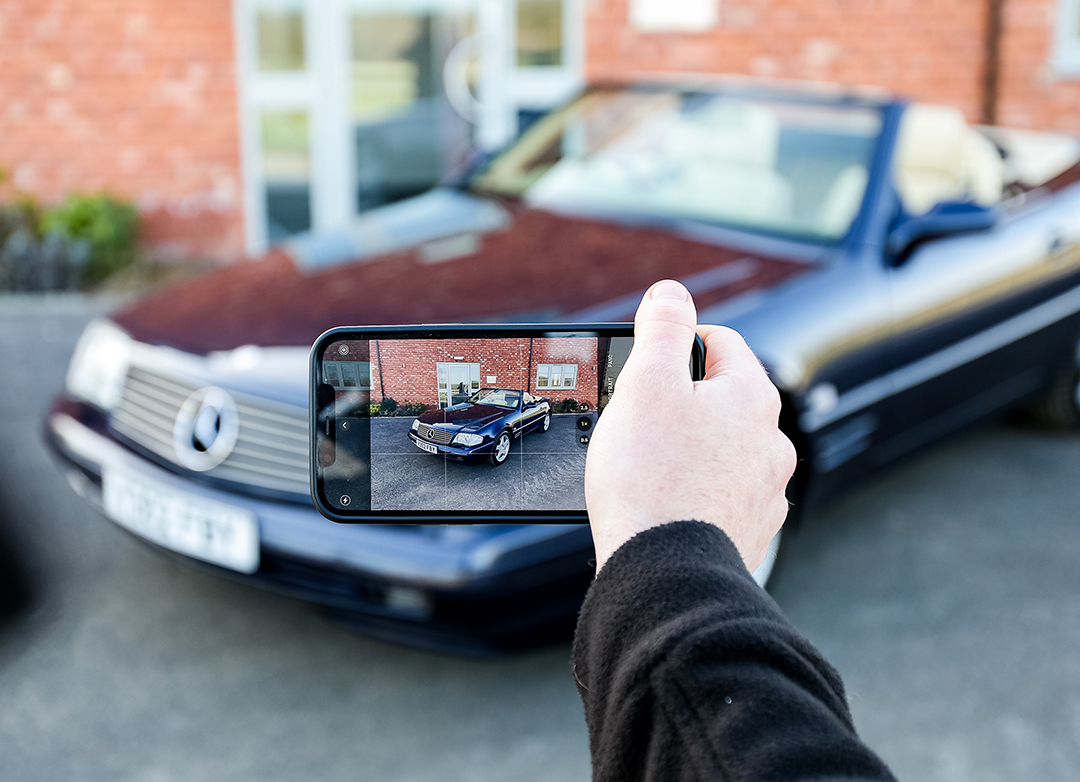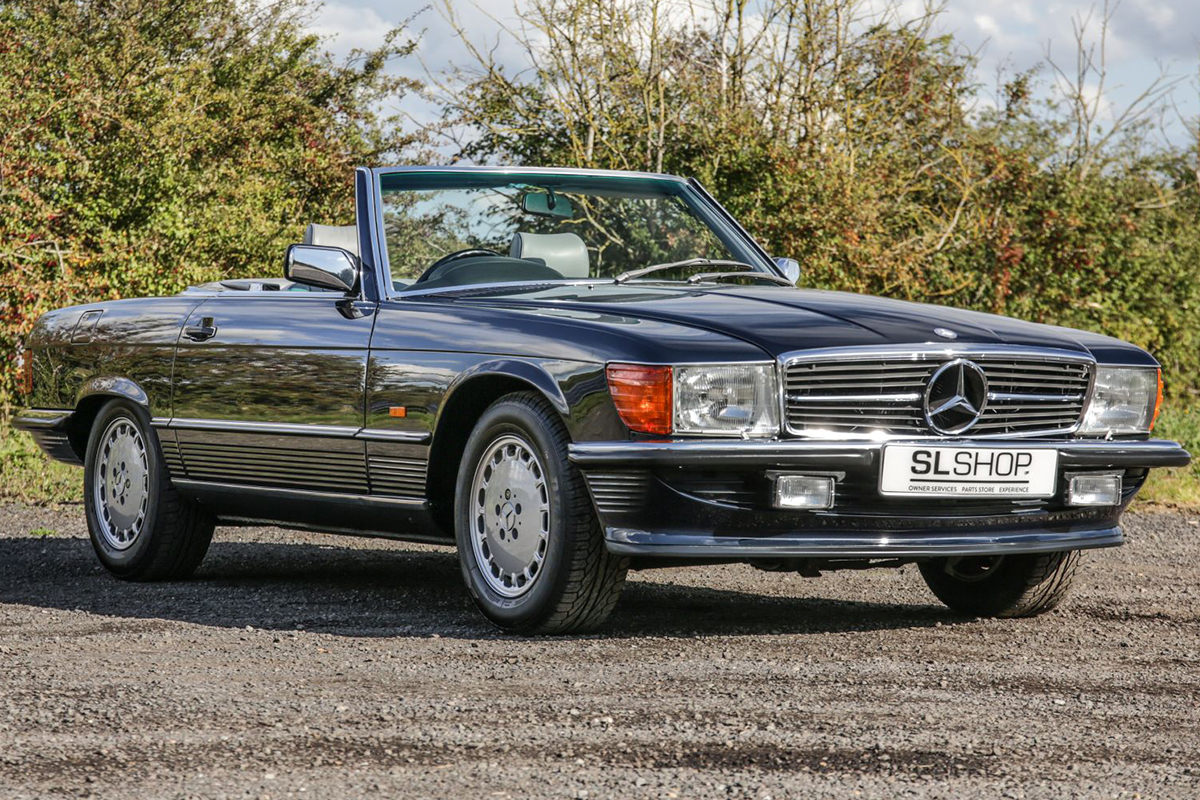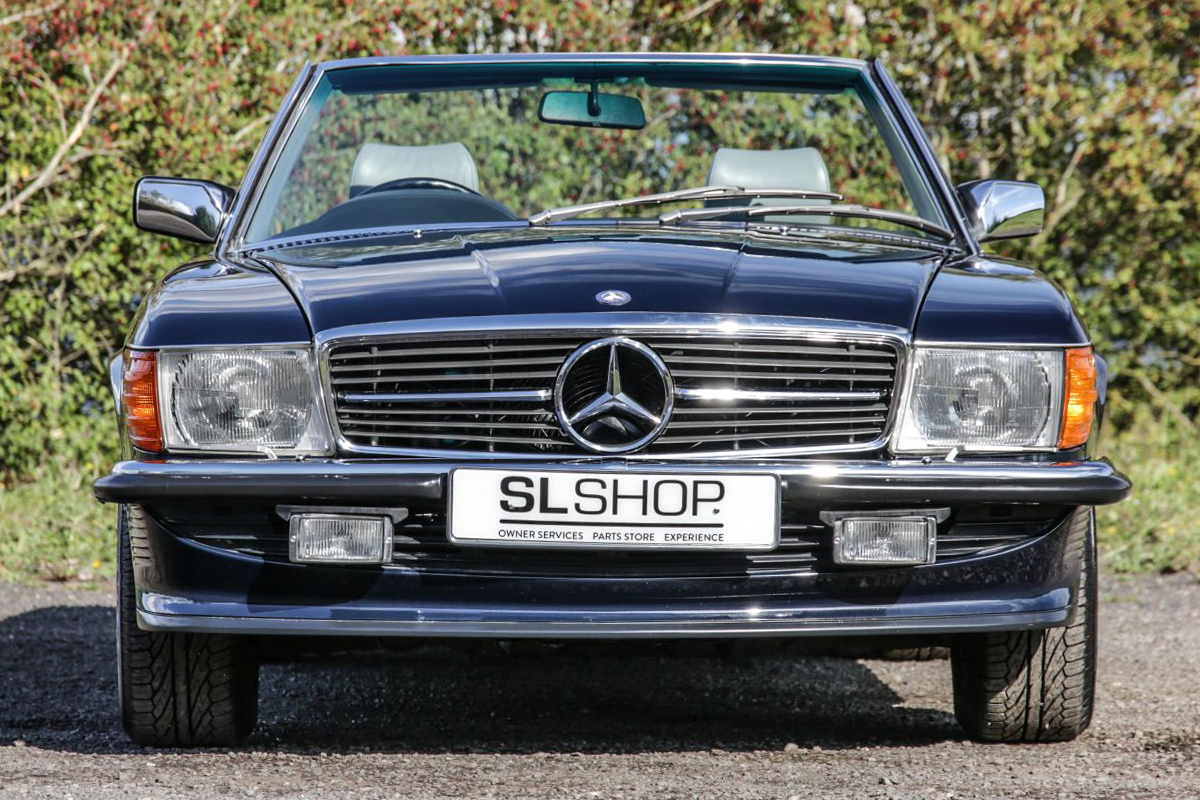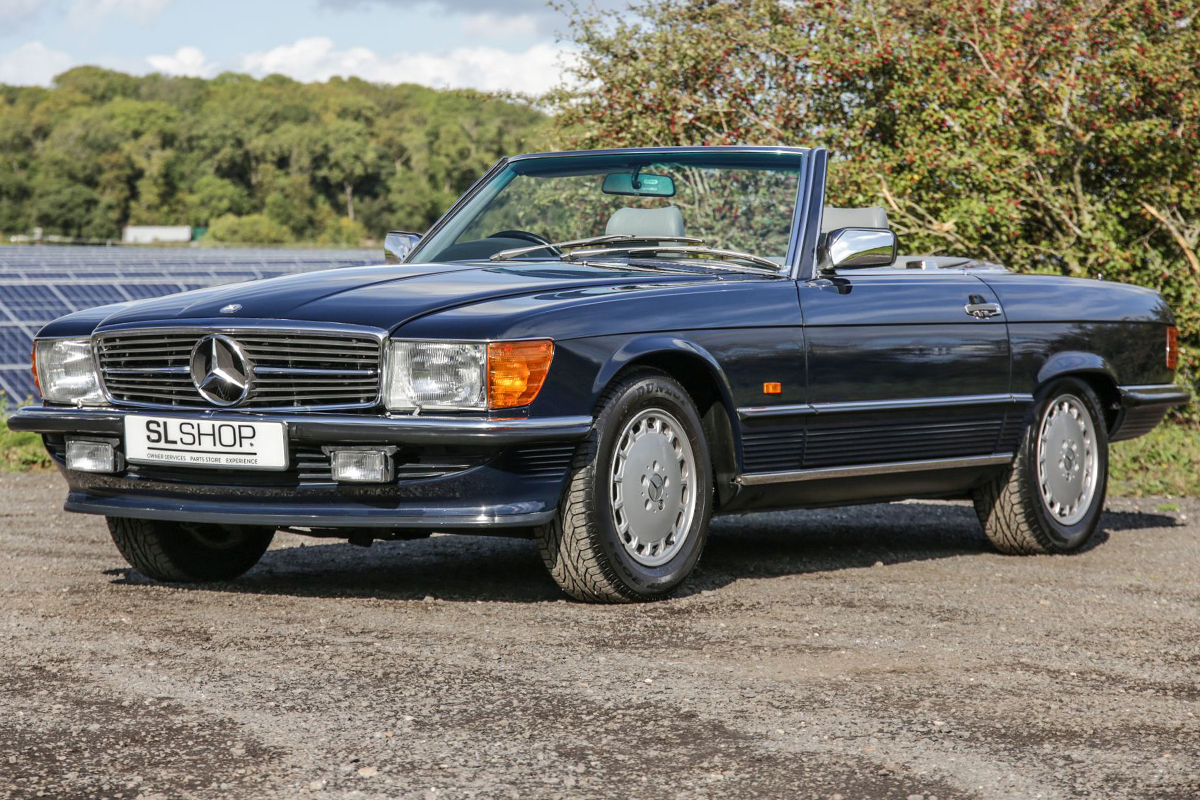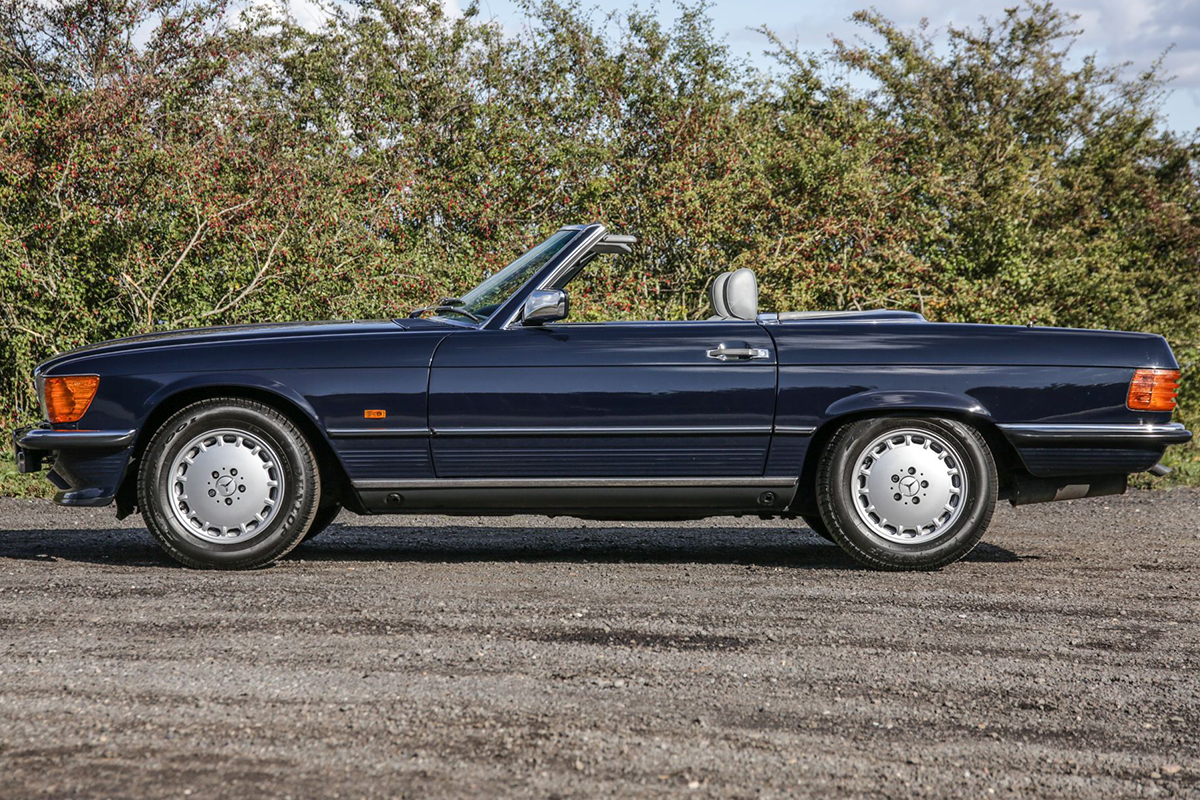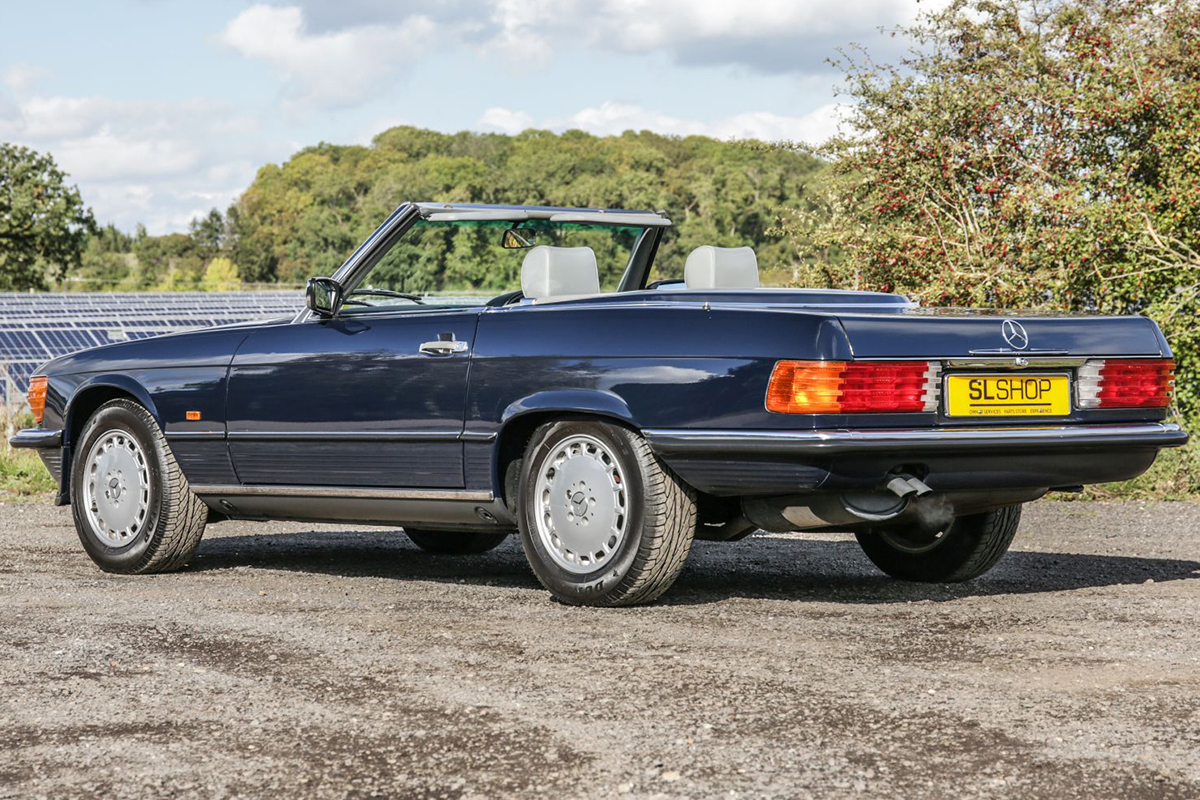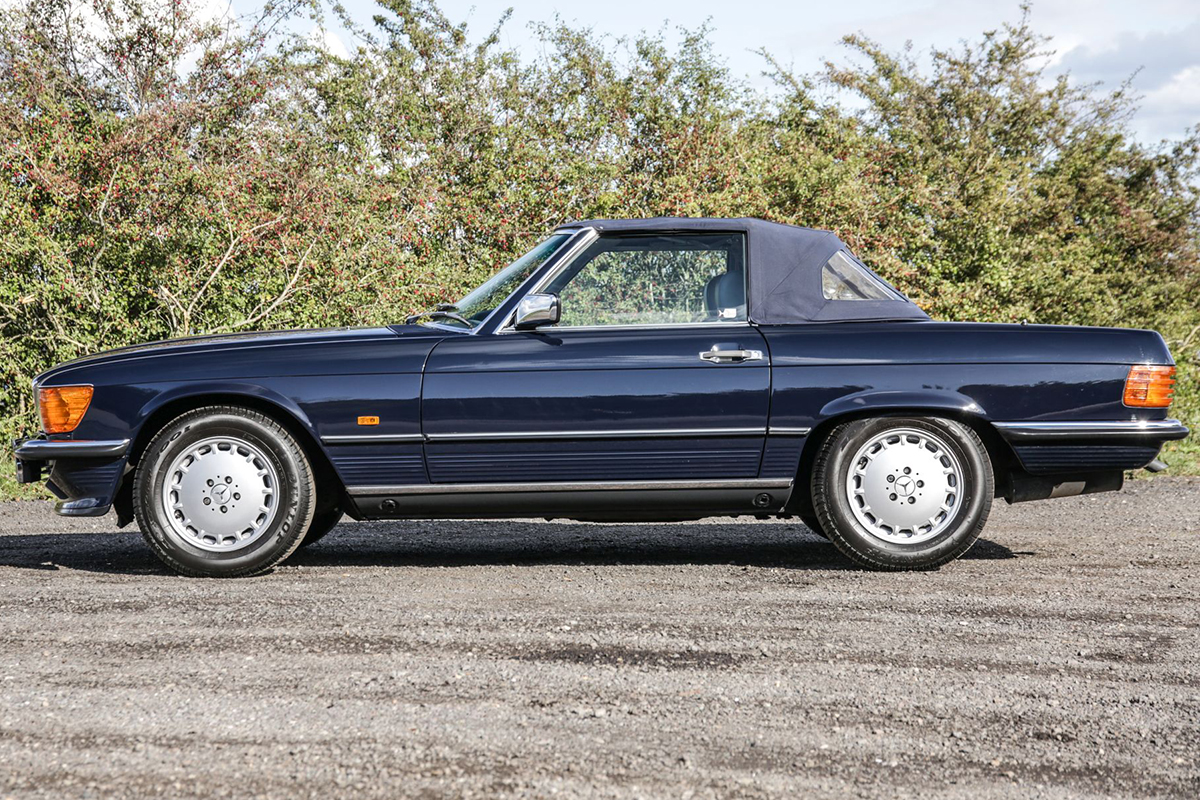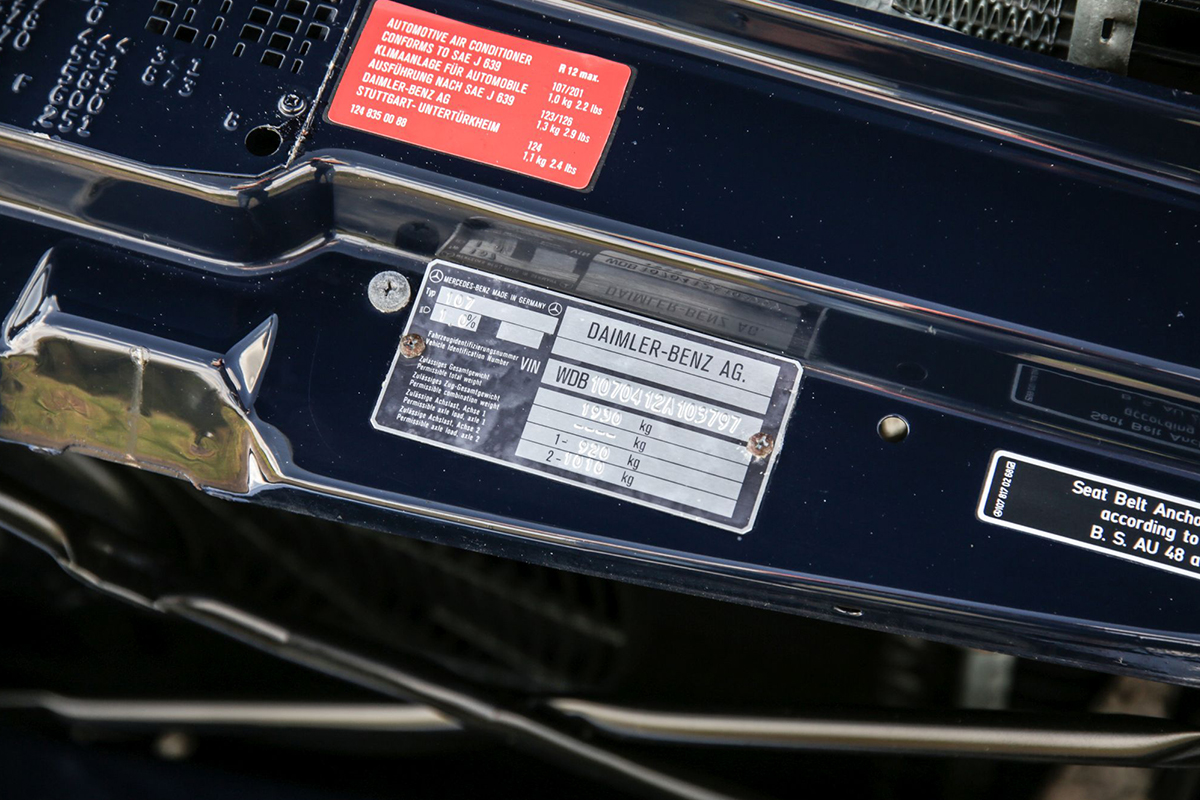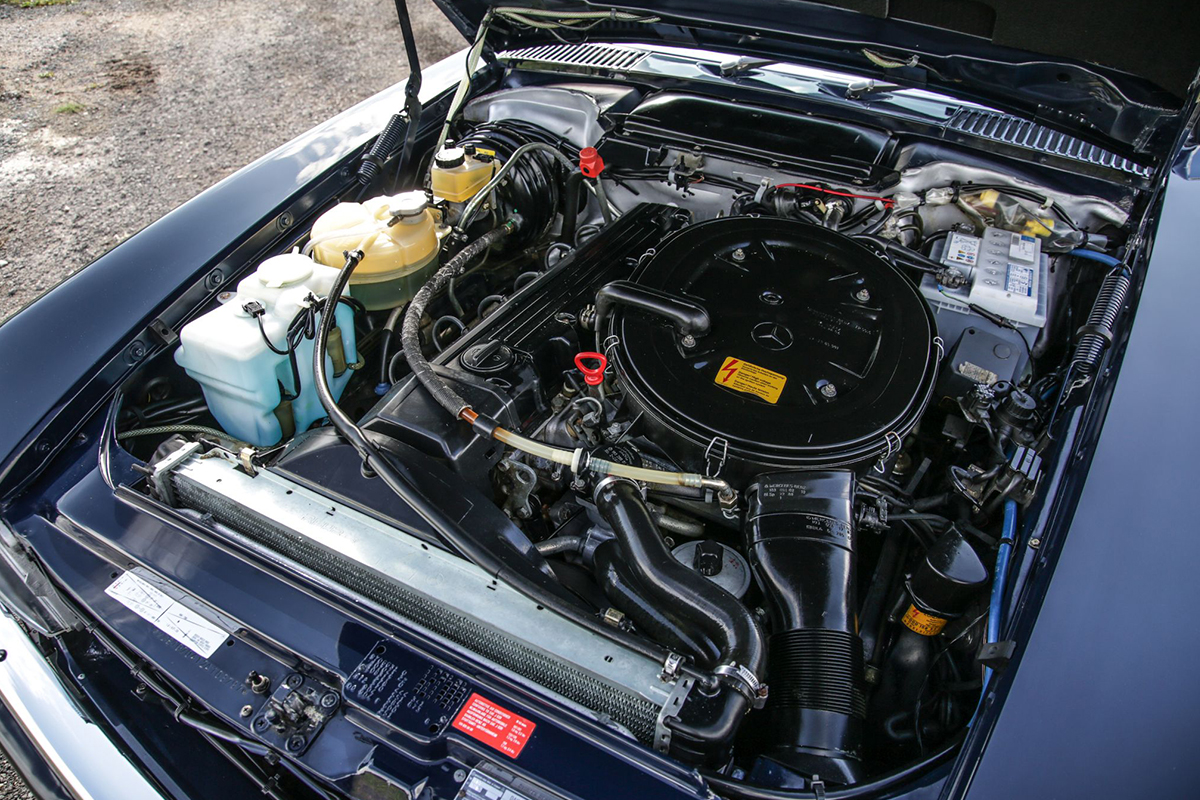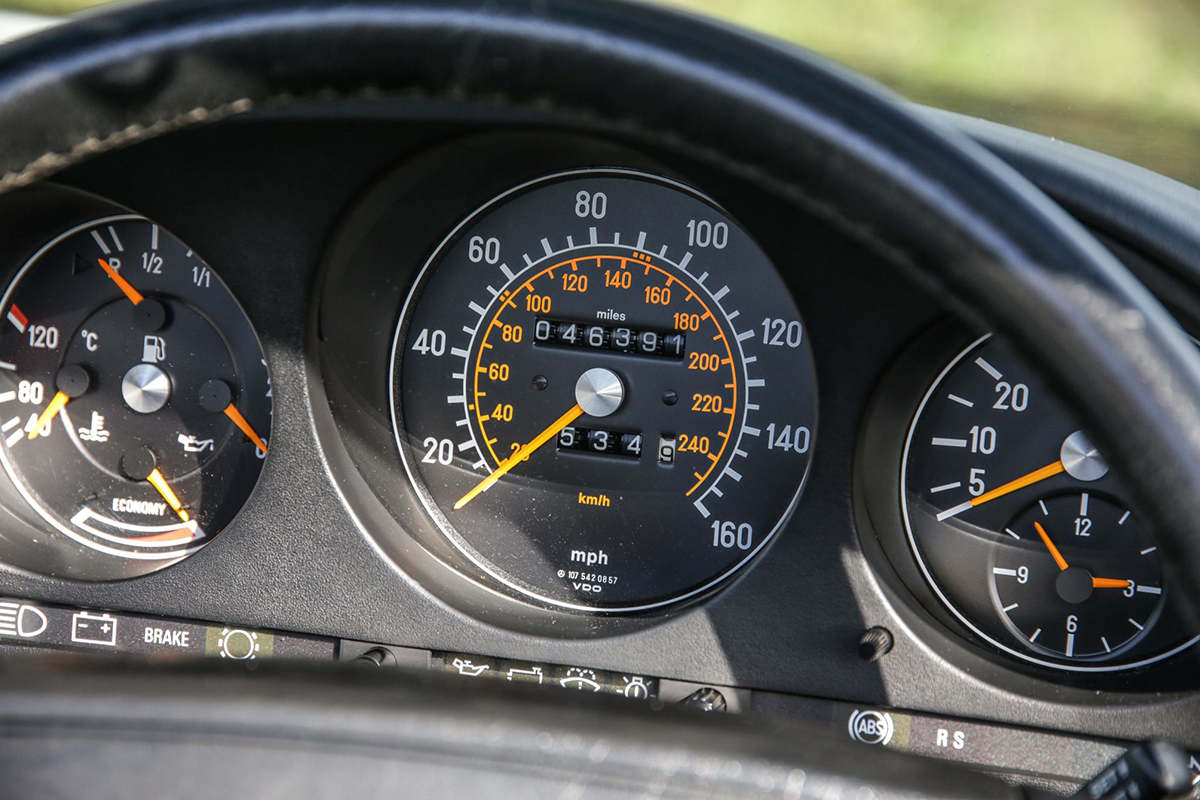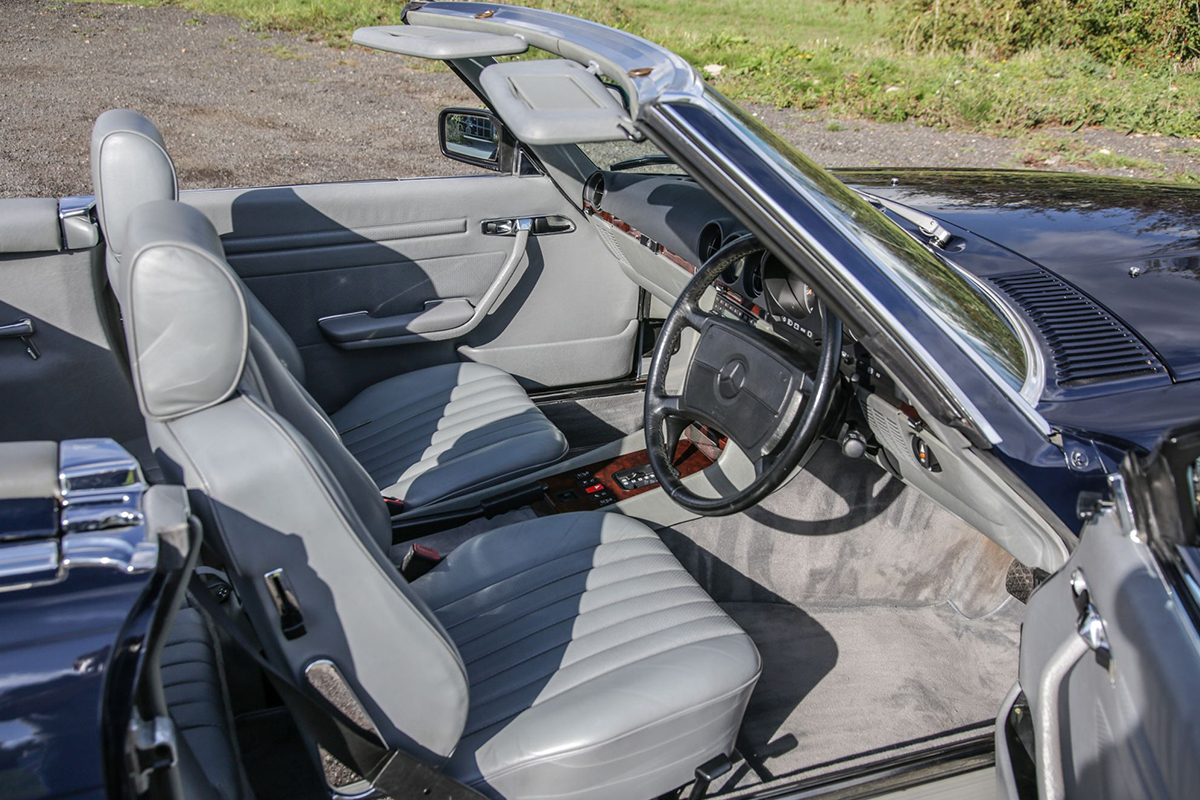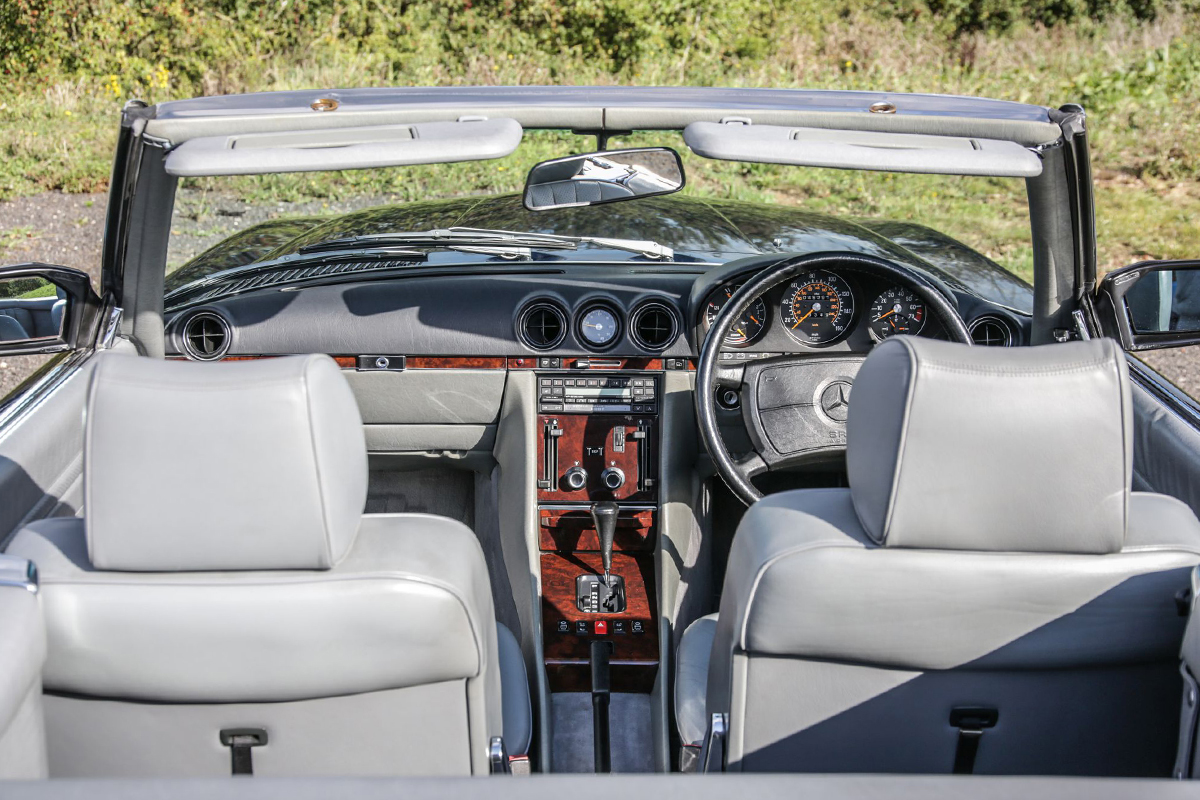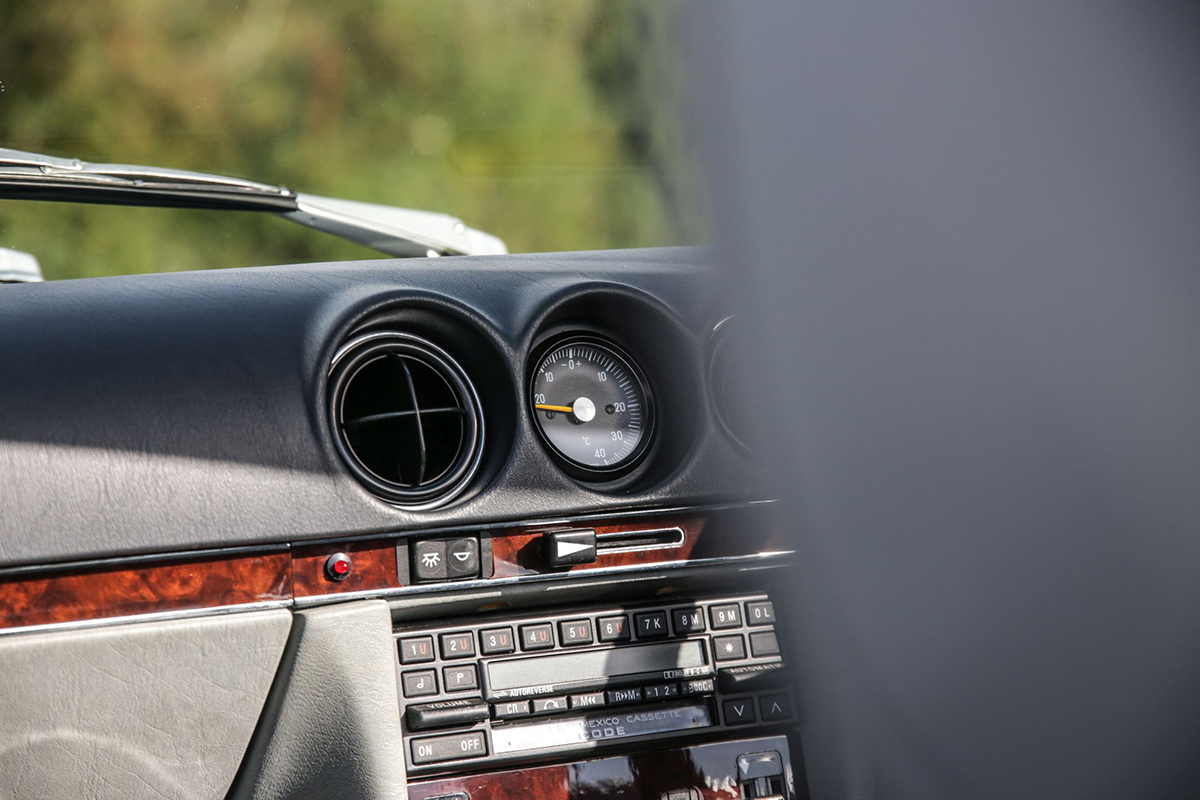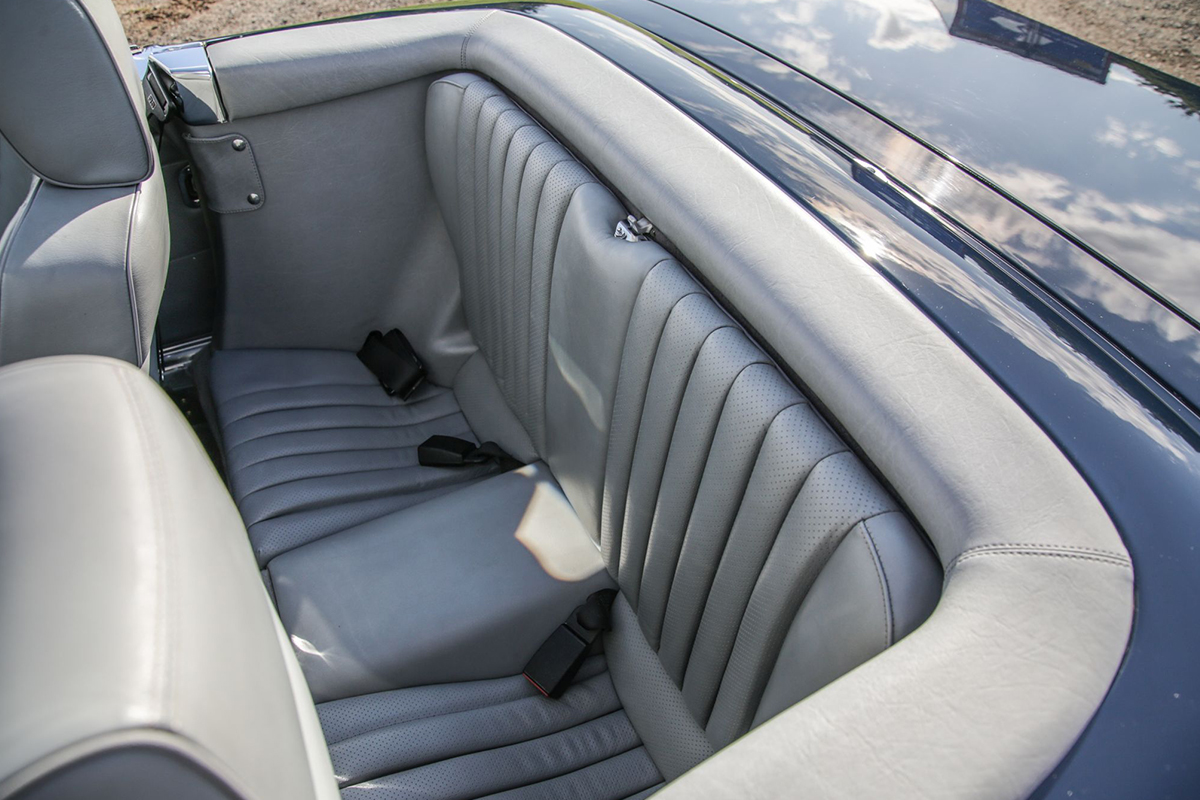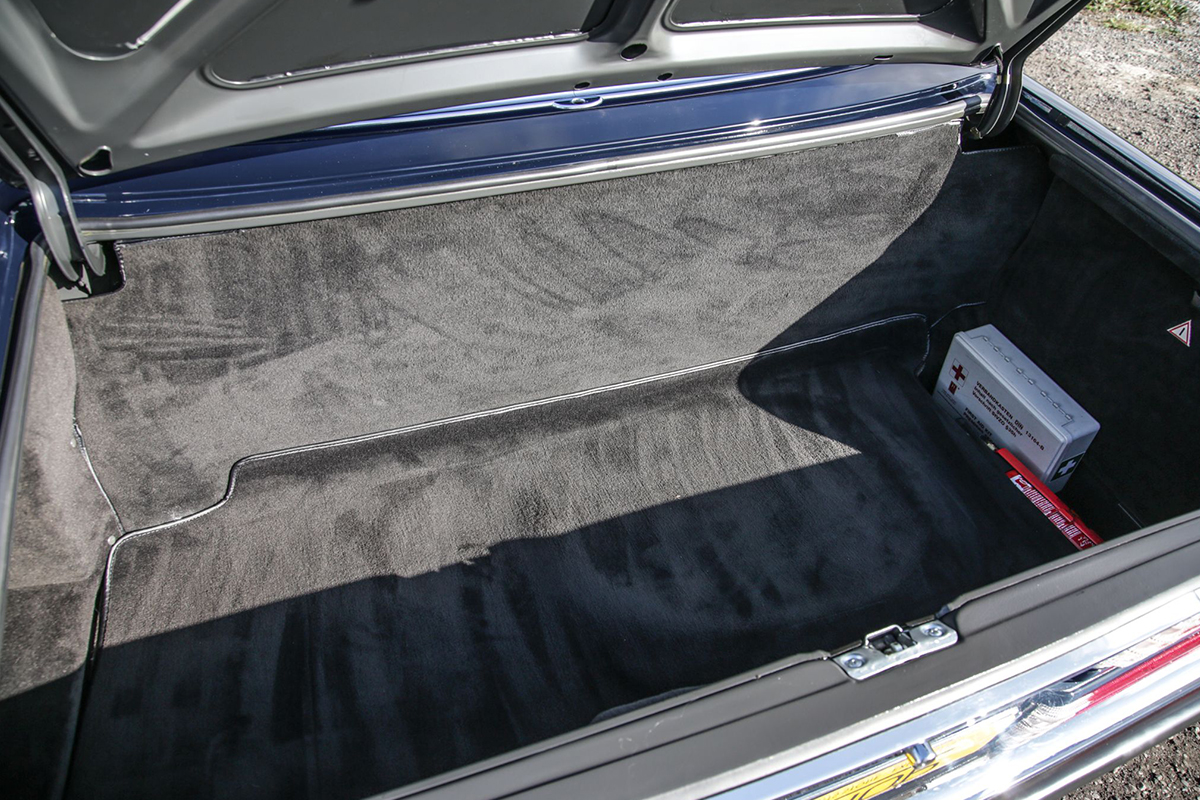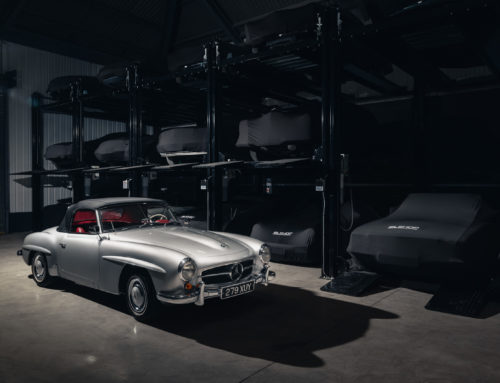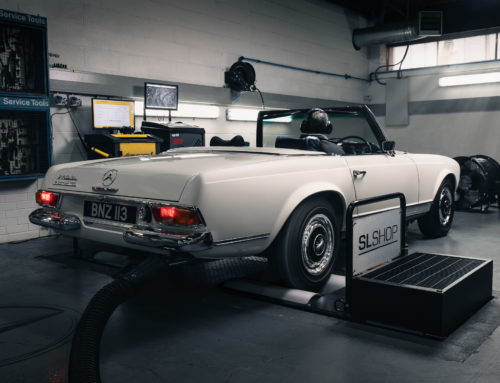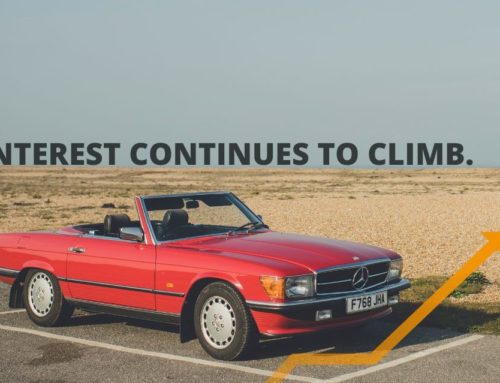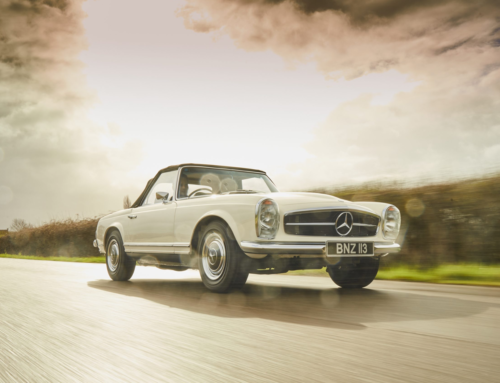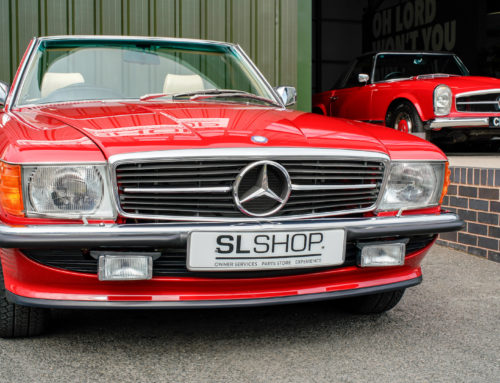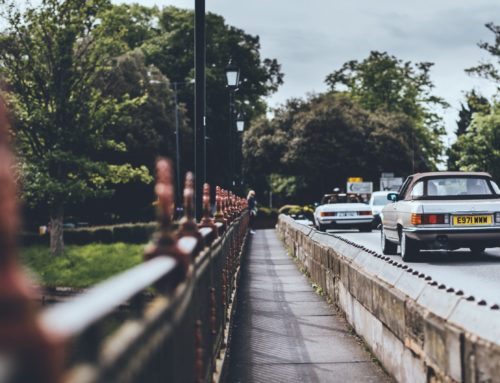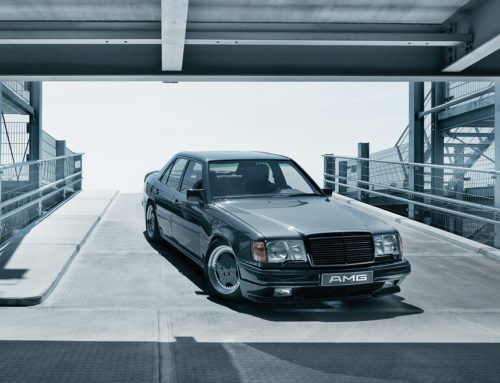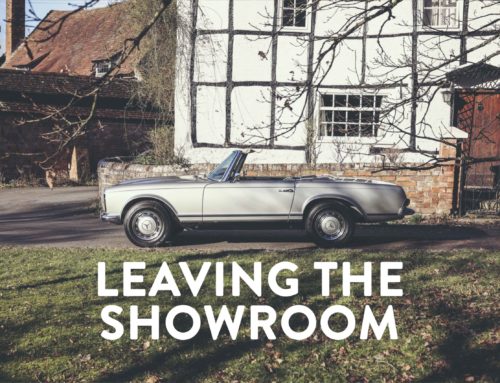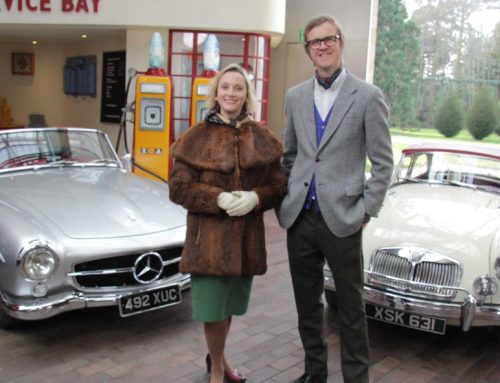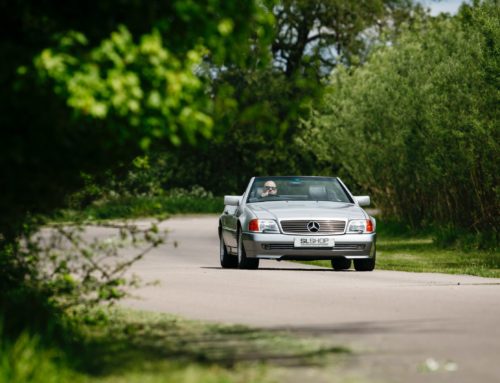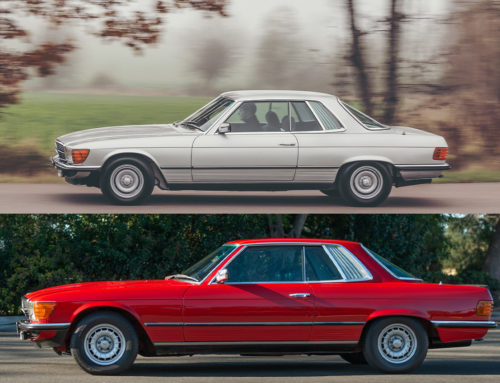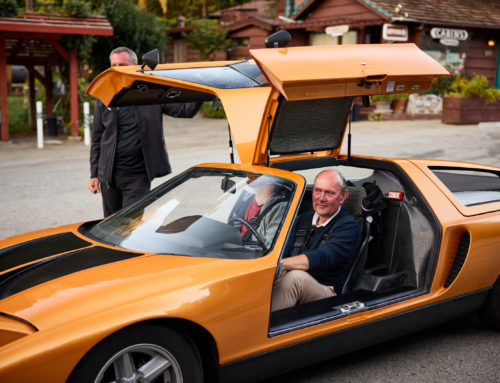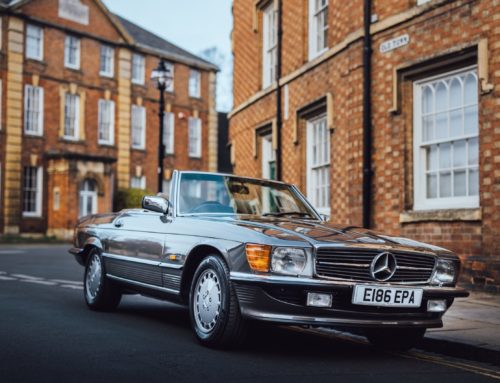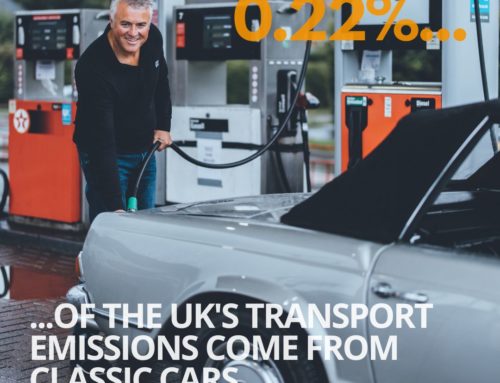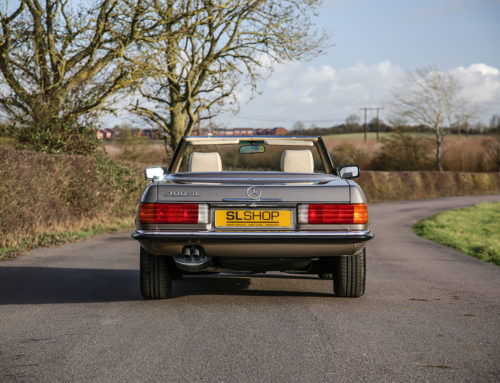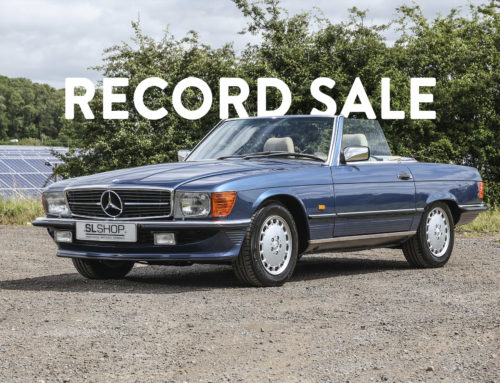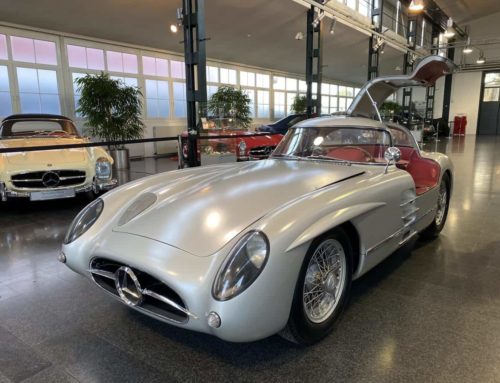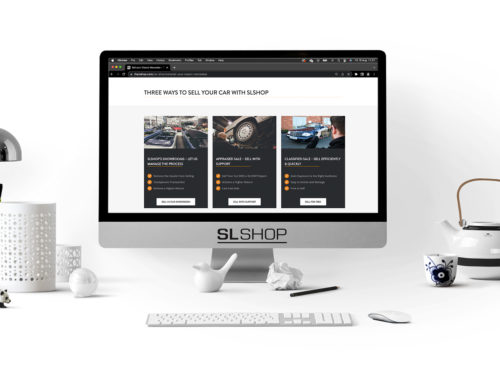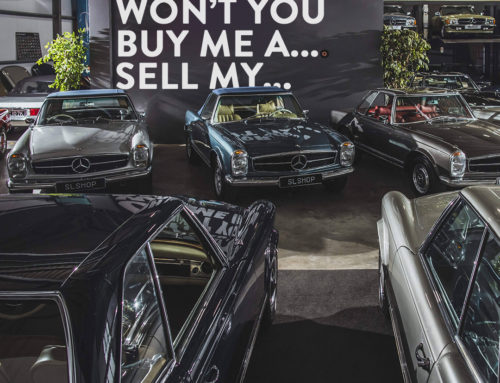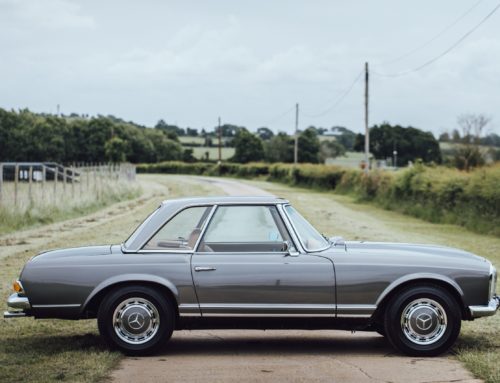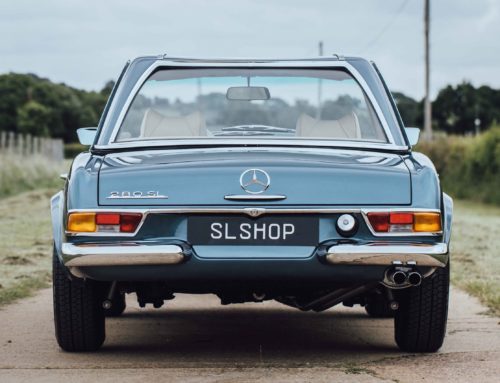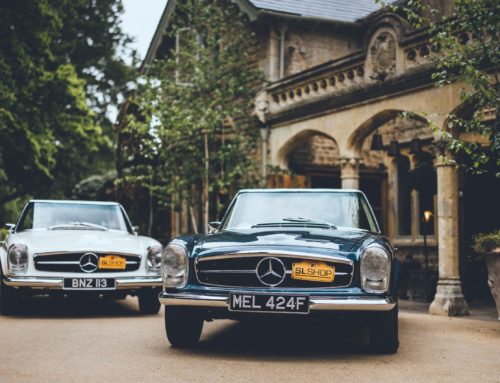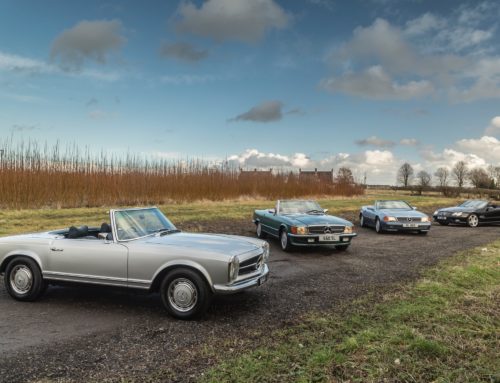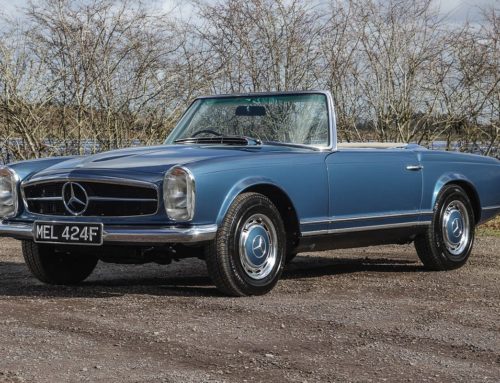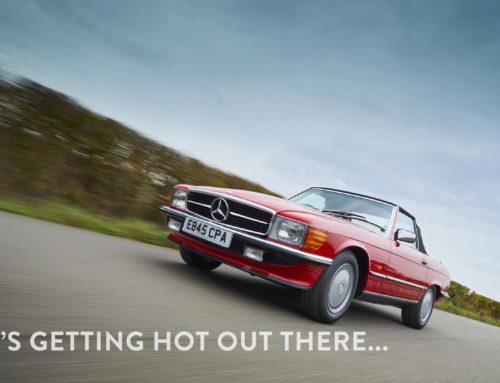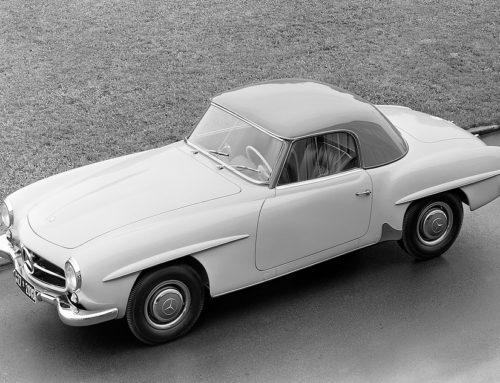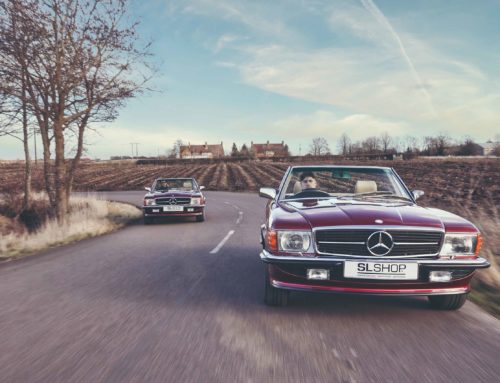Photos, they say, can make a world of difference to how easily a car is sold online. In times when the initial interest in a car is developed through online media, it’s imperative that one doesn’t forget the kind of impact photos and descriptions can have on an eventual sale. Of course, that still doesn’t overrule that a good car is bound to have more interest than a bad one, but the first step in discovering a good car is through good visuals. And through this photography guide, we help you create a good, honest first impression of the car you’re planning to sell.
It’s an advantage if you know how to take photos professionally, but in no way is not knowing a detriment. If anything, not knowing makes your life easier. Just follow the advice here, shoot with a mobile phone if you don’t have a camera, and practice to get the right shots. This is a largely non-technical guide to achieving great photos for the marketplace, but if you want something that covers the aspect in more detail, you may let us know on our social media and we’ll have it updated.
1) Light
The most important aspect of automotive photography is lighting — and more so if you’re trying to take product shots for a marketplace. Try to shoot in a shade, if it’s too sunny outside. If you can manage to go for a drive and photoshoot early in the morning or when the sun is low, it’s bound to get you slightly better-looking photos. But please keep in mind that authenticity is key here, so stay away from software filters and film emulations. Take photos that look the truest to you, with consistent lighting, and with as little clutter in the background/foreground as possible.
2) Angles
When a publication sets out to do photos that you see and love in magazines and on the web, they do it in accordance with the story they’re planning to tell. For a marketplace, while beauty shots don’t need to be thrown in the bin, the approach needs to be slightly different. A few angles that one shouldn’t ignore are
- Front
- Rear
- Front three-quarters
- Rear three-quarters
- Side
- Details, etc.
A few close up shots will also be great; see the points below for that. In terms of camera height, anything at around the same height as one’s chest should be ideal. Ensure that you are not looking down at the car, because that tends to make the car look smaller. And also make a point to not go so low that you end up pointing the camera upwards. The distortion in such cases will make the car look stretched and larger than what it actually is.
3) Details
The unmissable bit when shooting a car for SLSHOP Marketplace is the details. Every car has a story, and for the prospective buyer to know that, you need to be truthful in photos also. It’s not just defects or detraction from the original condition that needs to be documented, either. If for instance, you’ve got the car detailed and want to show the good condition of its paint, take a photo. If the original lights are untainted, take a photo. If the badges have some patina and reflect the car’s age, take a photo. As far as imperfections go, please make sure that you take photos of those, too. Stone chips, age-related wear, paint marks, etc. Got kerbed wheels? Take a photo. A missing trim? Don’t miss that, either.
4) But what about the interior?
Shooting the interior of a car can be tricky because the available light is limited. To get grain-free shots, try to shoot the interior where there’s enough light outside but not in direct sunlight because that tends to create a stark difference and photos turn out to be washed out. Like on the outside, photograph the details like
- Wear
- Odometer Reading
- Badges and Plates
- Seats, Headlining
- Carpet
- Boot, etc.
You must also open the bonnet up for some engine bay shots. Equally important is, if it’s possible, to take photos of running boards, wheel wells, and even the exhaust. These make it easier for the viewer to understand the condition of the car, especially in terms of rust and wear.
5) Anything else?
Is it necessary to take motion shots? No. Is it okay to use photos on the Internet since your car is identical to the one you saw online? Absolutely not. Photos of the documents? These can be helpful but be mindful of what you share in terms of personal details especially if sharing old receipts, MoT certificates, V5C, etc.
Every car has a story to tell and it’d be great to include photos from your ownership that show the importance of the car you’re about to sell. The long trip to the South of France? Add that. The time your fourth offspring got a bit sick as you tested the car’s lateral grip? We’d rather you skip those photos. Select a bunch of 12-15 solid shots and that should do the trick.
Happy shooting (and selling)!
Share With Your Fellow Enthusiasts
Photos, they say, can make a world of difference to how easily a car is sold online. In times when the initial interest in a car is developed through online media, it’s imperative that one doesn’t forget the kind of impact photos and descriptions can have on an eventual sale. Of course, that still doesn’t overrule that a good car is bound to have more interest than a bad one, but the first step in discovering a good car is through good visuals. And through this photography guide, we help you create a good, honest first impression of the car you’re planning to sell.
It’s an advantage if you know how to take photos professionally, but in no way is not knowing a detriment. If anything, not knowing makes your life easier. Just follow the advice here, shoot with a mobile phone if you don’t have a camera, and practice to get the right shots. This is a largely non-technical guide to achieving great photos for the marketplace, but if you want something that covers the aspect in more detail, you may let us know on our social media and we’ll have it updated.
1) Light
The most important aspect of automotive photography is lighting — and more so if you’re trying to take product shots for a marketplace. Try to shoot in a shade, if it’s too sunny outside. If you can manage to go for a drive and photoshoot early in the morning or when the sun is low, it’s bound to get you slightly better-looking photos. But please keep in mind that authenticity is key here, so stay away from software filters and film emulations. Take photos that look the truest to you, with consistent lighting, and with as little clutter in the background/foreground as possible.
2) Angles
When a publication sets out to do photos that you see and love in magazines and on the web, they do it in accordance with the story they’re planning to tell. For a marketplace, while beauty shots don’t need to be thrown in the bin, the approach needs to be slightly different. A few angles that one shouldn’t ignore are
- Front
- Rear
- Front three-quarters
- Rear three-quarters
- Side
- Details, etc.
A few close up shots will also be great; see the points below for that. In terms of camera height, anything at around the same height as one’s chest should be ideal. Ensure that you are not looking down at the car, because that tends to make the car look smaller. And also make a point to not go so low that you end up pointing the camera upwards. The distortion in such cases will make the car look stretched and larger than what it actually is.
3) Details
The unmissable bit when shooting a car for SLSHOP Marketplace is the details. Every car has a story, and for the prospective buyer to know that, you need to be truthful in photos also. It’s not just defects or detraction from the original condition that needs to be documented, either. If for instance, you’ve got the car detailed and want to show the good condition of its paint, take a photo. If the original lights are untainted, take a photo. If the badges have some patina and reflect the car’s age, take a photo. As far as imperfections go, please make sure that you take photos of those, too. Stone chips, age-related wear, paint marks, etc. Got kerbed wheels? Take a photo. A missing trim? Don’t miss that, either.
4) But what about the interior?
Shooting the interior of a car can be tricky because the available light is limited. To get grain-free shots, try to shoot the interior where there’s enough light outside but not in direct sunlight because that tends to create a stark difference and photos turn out to be washed out. Like on the outside, photograph the details like
- Wear
- Odometer Reading
- Badges and Plates
- Seats, Headlining
- Carpet
- Boot, etc.
You must also open the bonnet up for some engine bay shots. Equally important is, if it’s possible, to take photos of running boards, wheel wells, and even the exhaust. These make it easier for the viewer to understand the condition of the car, especially in terms of rust and wear.
5) Anything else?
Is it necessary to take motion shots? No. Is it okay to use photos on the Internet since your car is identical to the one you saw online? Absolutely not. Photos of the documents? These can be helpful but be mindful of what you share in terms of personal details especially if sharing old receipts, MoT certificates, V5C, etc.
Every car has a story to tell and it’d be great to include photos from your ownership that show the importance of the car you’re about to sell. The long trip to the South of France? Add that. The time your fourth offspring got a bit sick as you tested the car’s lateral grip? We’d rather you skip those photos. Select a bunch of 12-15 solid shots and that should do the trick.
Happy shooting (and selling)!
Share With Your Fellow Enthusiasts
More from Journal
CARE
THE ULTIMATE CERTIFIED SERVICING INVESTMENT PLAN
Your ownership journey matters to us, which is why we have created a simple certified servicing investment plan, tailored to your individual needs and aspirations.
Start investing today and our dedicated CARE team will work with you to increase the value and enjoyment you receive from your vehicle.

STAY IN TUNE WITH SLSHOP MOMENTS
As part of SLSHOP’s community of enthusiasts, you’ll be the first to hear about events and tours, key product offers, exciting stories from owners around the world and of course… our latest additions to the showroom. So, be the first to know and you might just sneak a car on your driveway or take your car’s condition to new heights with our exclusive replacement parts.
Or, visit SLSHOP Journal
